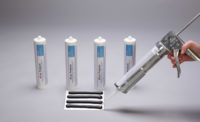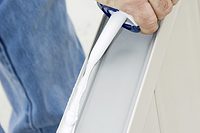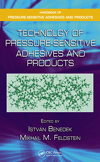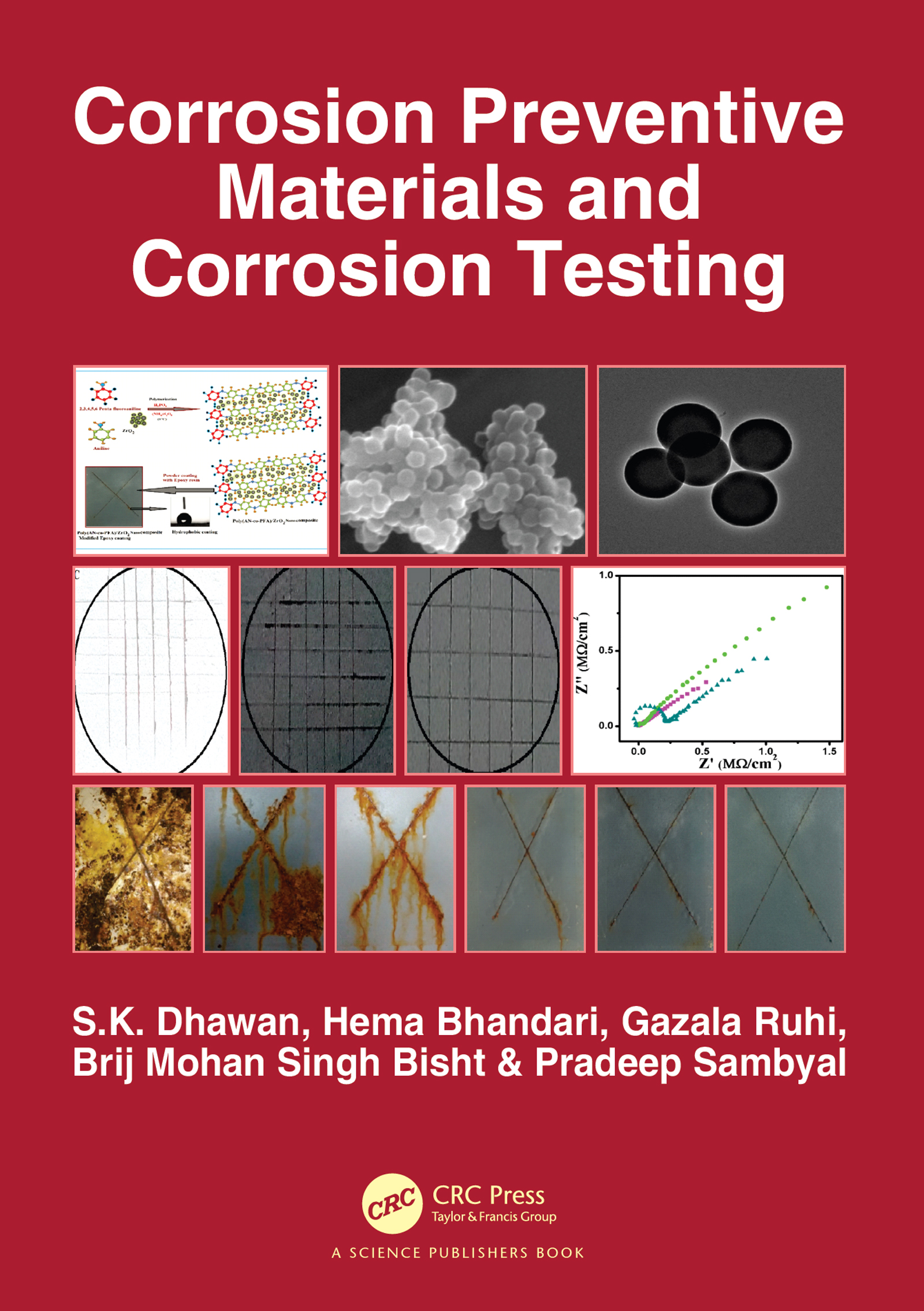BASF and L&L Products Collaborate on Battery Protection Solution

The 2022 Ford F-150 Lightning Platinum with the newly developed battery protection solution. (Photo courtesy of BASF.)
BASF and L&L Products have developed a battery protection solution for the 2022 F-150® Lightning™, the first all-electric F-Series truck from Ford Motor Co. The team reportedly reduced the size of the crossmember that is part of the battery system without compromising strength. The crossmember is a structural section designed to withstand high loads, keeping both the battery and occupant safe in the vehicle.
“We were able to use a solution featuring L&L Products’ Continuous Composites Systems™ (CCS) and BASF’s Elastocoat® 74850 polyurethane pultrusion system that eliminated the need for extensive redesign of the crossmember while providing strength, stiffness and rigidity to a lightweight structure,” said Chris Korson, Chassis Market Segment manager, Performance Materials, BASF Corp.
CCS combines a fiber-reinforced pultruded composite carrier with engineered sealants and adhesives in a two-dimensional profile. This continuous process creates straight or curved composite profiles reinforced with continuous fibers and mats.
“This innovation also shares three firsts for CCS,” said Hank Richardson, product engineering manager for L&L Products. “One being the first developed closed section tubular CCS part, the second being the first CCS body-in-white application, and the third being the first use of CCS in an electric vehicle.”
The crossmember was also the first application for BASF’s Elastocoat 74850 polyurethane pultrusion system to be implemented prior to the E-coat process. Additionally, a new computer simulation methodology was developed using BASF’s proprietary CAE modeling software Ultrasim® to show the behavior of the pultruded structures and accurately capture the additional load after failure that a composite provides.
For more information, visit www.basf.com/us and www.llproducts.com.
Looking for a reprint of this article?
From high-res PDFs to custom plaques, order your copy today!








